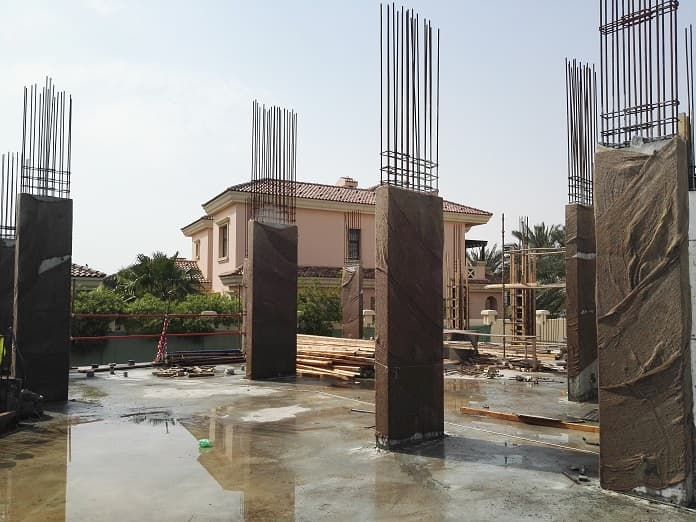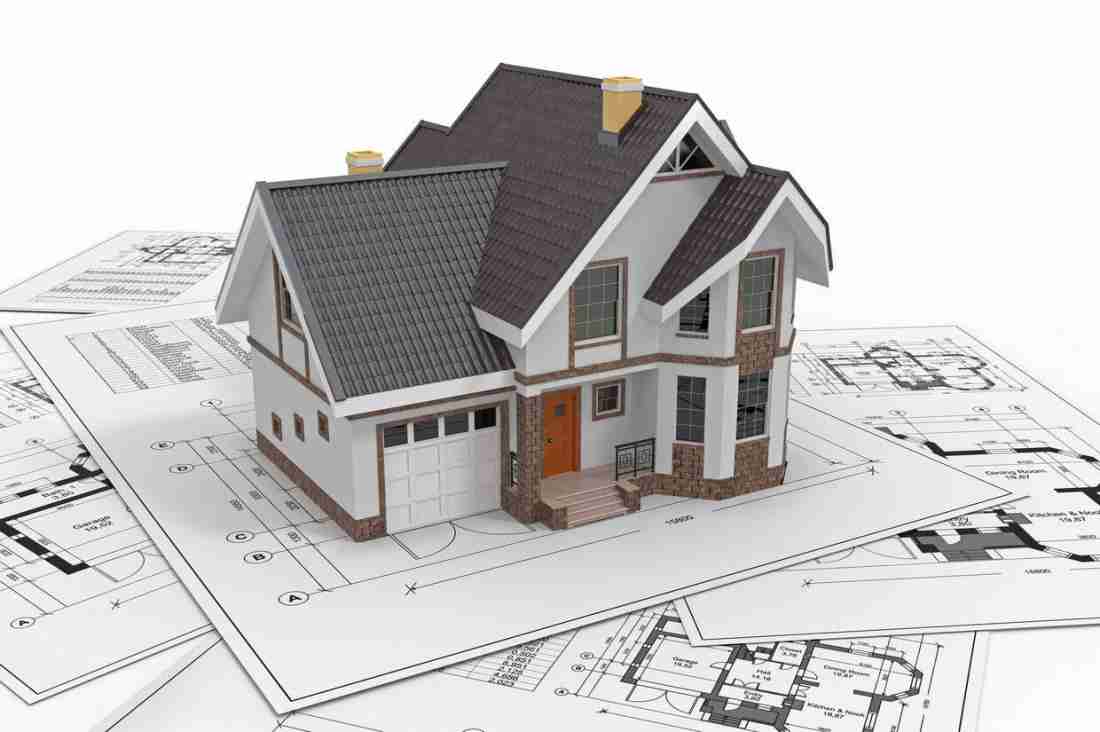When envisioning a house, we often imagine its structure supported by sturdy columns that provide stability and architectural appeal. Columns play a vital role in distributing the weight of a building, ensuring its structural integrity. However, the number of columns in a house can vary significantly based on various factors such as architectural style, building materials, and the size of the structure. In this article, we will explore the typical number of columns found in houses and the factors that influence their placement.
Factors Influencing the Number of Columns:

Architectural Style: Different architectural styles employ varying column designs and placement. For instance, classical architectural styles like Greek or Roman Revival often feature grand entrances with symmetrical colonnades, resulting in a larger number of columns. On the other hand, contemporary or modern designs may use fewer columns or even forgo them altogether in favor of minimalist aesthetics.
Size and Layout: The size and layout of a house can also impact the number of columns required. Larger houses generally require more columns to distribute the weight evenly and support the structure adequately. In open floor plans, where walls are minimized to create a more spacious interior, columns may be strategically placed to maintain structural integrity.
Building Materials and Construction Techniques: The choice of building materials and construction techniques can influence the number of columns in a house. For example, houses constructed with load-bearing walls may require fewer columns compared to those with a more extensive use of structural steel or reinforced concrete. Modern construction methods and materials can allow for longer spans, reducing the need for additional columns.
Typical Numbers of Columns:

It’s important to note that there is no fixed rule for the number of columns in a house, as it varies depending on the factors mentioned above. However, some general observations can be made:
- Single-Family Homes: In most single-family homes, it is common to find a minimum of two to four columns supporting the main entrance porch or portico. These columns provide a visually appealing entrance while also offering structural support. Additionally, some houses may feature additional columns on the exterior, such as on verandas or balconies, depending on the architectural style and design preferences.
- Multi-Story Structures: For multi-story structures, the number of columns typically increases due to the increased load-bearing requirements. The columns are strategically placed to bear the weight of the floors above and transfer it to the foundation. The exact number of columns will depend on the size, layout, and architectural design of the building.
- Open Floor Plans: Houses with open floor plans often employ fewer columns to maximize the sense of spaciousness and uninterrupted flow. In such cases, columns may be strategically positioned to support key load-bearing points while minimizing their visual impact on the overall design.
The number of columns in a house is influenced by various factors such as architectural style, size, layout, building materials, and construction techniques. While there is no fixed rule, the number of columns typically ranges from two to four for single-family homes, with larger or more complex structures requiring additional columns. Ultimately, the placement and design of columns should not only provide structural stability but also contribute to the overall aesthetic appeal of the house.


